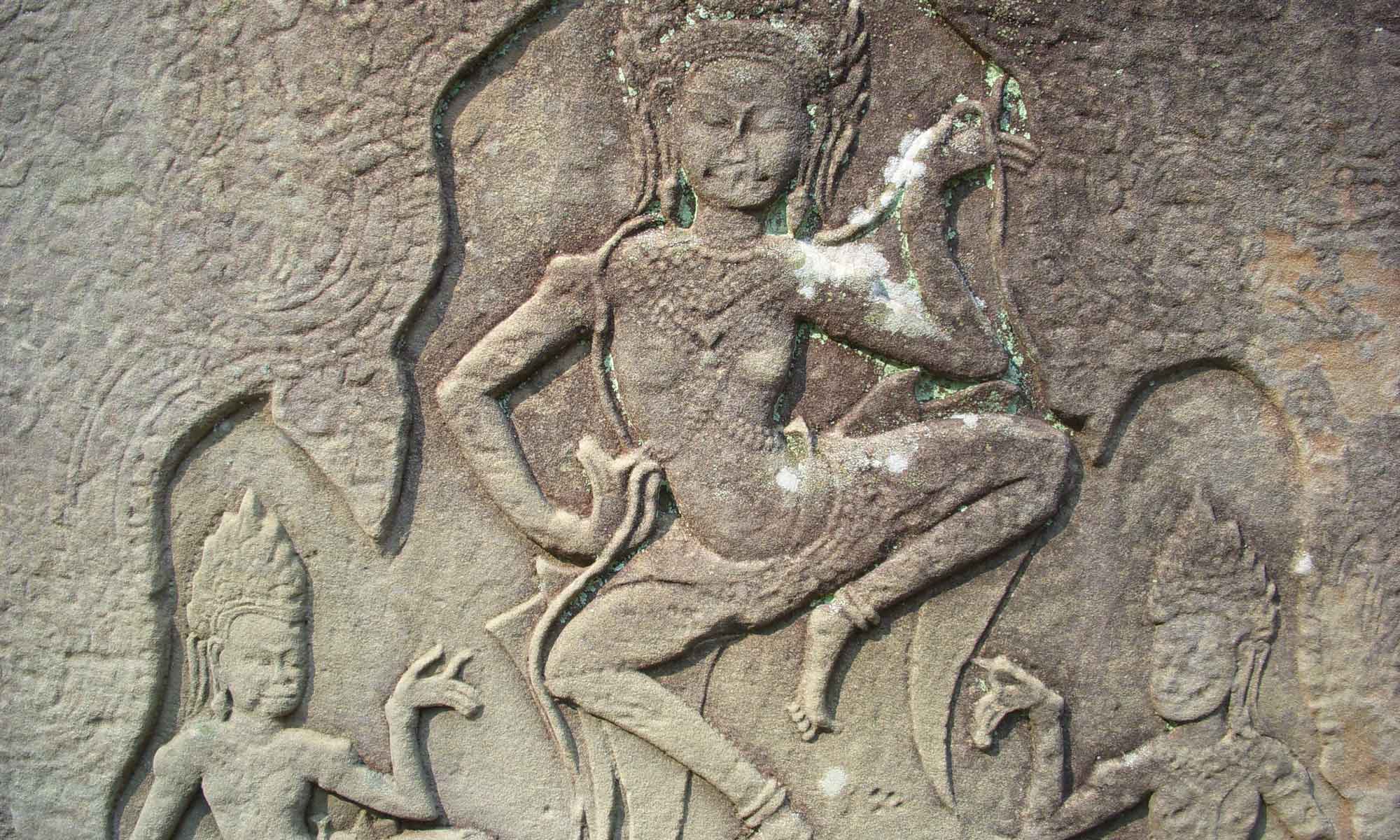 Following the ASWM conference, Judy Grahn’s provocative and groundbreaking speech, “Goddess Is Alive! But How Do We Know?” has been made available as a PDF through the Women’s Spirituality Program of the Institute of Transpersonal Psychology (soon to be Sophia University).
Following the ASWM conference, Judy Grahn’s provocative and groundbreaking speech, “Goddess Is Alive! But How Do We Know?” has been made available as a PDF through the Women’s Spirituality Program of the Institute of Transpersonal Psychology (soon to be Sophia University).
“Exploring Myth” Symposium
Exploring Myth: Culture, Theory, Practice
August 31-September 2, 2012, Santa Barbara, CA
The first Symposium for the Study of Myth Co-sponsored by the Joseph Campbell Foundation, Opus Archives and Research Center, and Pacifica Graduate Institute. The Symposium will be held at Pacifica’s Ladera Lane Campus.
This interdisciplinary gathering will pay tribute to the fact that myth is a changing, elastic landscape that flourishes in surprising ways. Symposium themes are organized around three broad areas of inquiry and action: Myth in Theory, Myth in Culture, and Myth in Practice, and will include a blend of self-selecting energies and traditional formats. There will be roundtable discussion sessions, paper panels, keynote lectures by luminaries in the field of myth studies, and special events that include media presentations and performances.
For more information: studyofmyth.org
Fellowship Deadline for OPUS Archives
Here’s a reminder for students in doctoral programs writing within the fields of depth psychology and mythology: The Christine Downing FellowshipYou are eligible if your proposal and /or first two chapters of the dissertation has been accepted by your dissertation committee. You must demonstrate that your work will be enriched by in-depth use of the collections at OPUS for a significant amount of your research.
Deadline for proposals is June 30, 2012. The fellowship will be awarded September 15, 2012.
For more information see the fellowship Announcement.
Treasures of San Francisco
One of our blessings in ASWM is the wonderful folks on our advisory board! They often have wonderful resources to share.
In anticipation of the Matriarchal Studies Day (May 10) and our National Conference (May 11-12), Lydia Ruyle has assembled a guide to her favorite museums and sites in San Francisco.
Whether you can join us for the conference, or get to the Bay Area another time, check out this link: San Francisco Treasures : ASWM 2012.
Thanks, Lydia, for sharing these resources with us all!
2012 Conference Schedule
Here at last is our conference schedule–subject to changes, of course, as life intervenes. Come and join us for this exciting program, and don’t forget about the Matriarchal Studies Day which occurs the day before our conference.
Our unbelievably amazing Schedule


You must be logged in to post a comment.